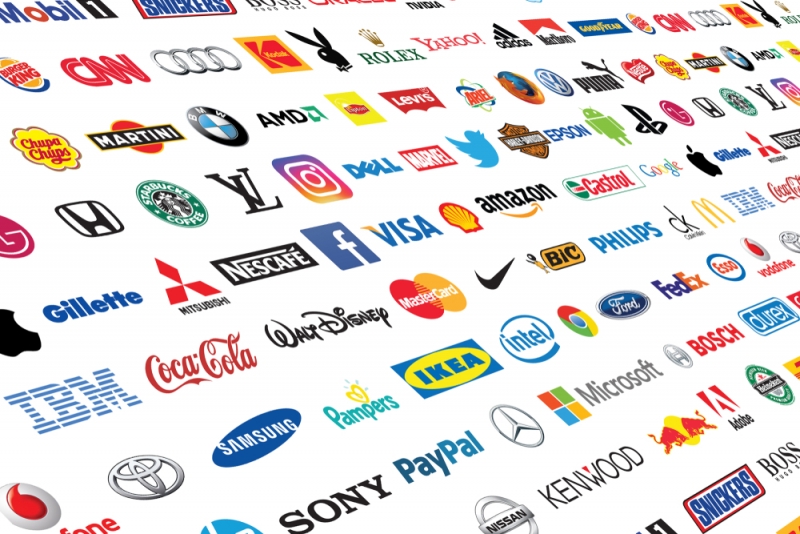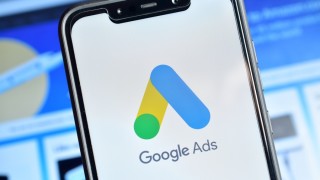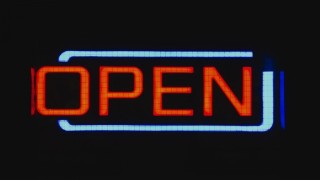If you run a business or marketing department, you’ll know how tricky marketing can be — particularly when it comes to design.
Have you ever considered how influential colours can be when advertising? According to multiple scientific and psychological studies, each shade creates a different emotion in the viewer — from urgency to buy now, to trusting in a brand. With other experiments suggesting that colour can determine how long we can recall an offer or brand logo, it’s clear that being colour-savvy when designing a marketing campaign is essential.
Want advise on how to use colour in your ad designs? Check out this marketing colour psychology guide from roll-up banner printing firm, Where The Trade Buys…
The psychology of colour in marketing and advertising
For years, scientists and psychologists have explored the impact of colour in marketing. In fact, there have been many scientific studies into the connection between shades and sales that appear to show a strong correlation. According to a Canadian experiment, nearly 90% of snap decisions regarding consumer products are based solely on colour.
Gender also plays a part in how we perceive and treat colour. For example, a study published in the Journal of Retailing found that men believed savings were much greater in value if they was advertised in red rather than black, while the difference was much smaller among women. The imbalance of colour psychology between males and females was also apparent in the study, Colour Assignment. Although blue was popular across the board, this study found that purple was a second-favourite colour for women but the second-least favourite among men. Similarly, other studies on colour attractiveness found that softer hues are preferred by women, while bold shades were liked by men. Are you using the right hues for your main consumer?
Have a very specific marketing goal — colour may be able to help you achieve it. For example, studies have shown that yellow is utilised to grab attention and should perhaps be the colour of choice in store windows, while red is most people’s key indicator of discount prices and ‘urgency’ and should be used on clearance sales posters for optimum effect. Also, both these shades are warm colours. According to an experiment, these are better at sticking in a viewer’s memory than cool colours (like blue and green). So, it might be good to use them on promotional ads to keep consumers thinking about your offer for longer, as well as your brand logo itself to ensure you come to mind when they next need a product or service you offer.
Aside from individual colours, how you merge two or more hues can also have an effect on perception. Another study found that contrasting shades also improved readability — essential if you want your outdoor banner to be seen by more people from a greater distance.
While personal experiences and cultural backgrounds also influence what we think about different shades, it’s clear that it plays a role in our cognitive process and is worth your consideration when it comes to attracting a customer to your brand.
The colours of the world’s best brand logos
Forget advertisements for a moment — what about the colour of brand logos? According to research compiled by Kissmetrics, 85% of shoppers surveyed say colour is a primary reason for buying something. Also, it was found that colour boosts brand recognition by around 80%.
Could it be that different colours can make us think differently about a brand? Here are the emotions associated with each colour and examples of the successful brands that use them:
| Colour | Effect | Logo |
| Yellow | Optimism and youth | Chupa Chups and McDonalds |
| Green | Growth and relaxation | Starbucks and Asda |
| Pink | Romance and femininity | Barbie and Very |
| Purple | Creative and wise | Cadbury and Hallmark |
| Black | Power and luxury | Chanel and Adidas |
| Orange | Confidence and happiness | Nickelodeon and Fanta |
| Red | Energy and excitement | Coca Cola and Virgin Holidays |
| Blue | Trust and security | Barclays and the NHS |
So, which brand is doing it right regarding its logo colour? Inciting trust for a bank is important, which may be why Barclays chose blue, while Starbucks wants you to relax at their coffee shops and Virgin Holidays wants you to get excited about booking a trip.
Writer of Colour Psychology Today, June Mcleod, commented: “One of the greatest assets and one of the easiest ways to sway decision or attract an emotive response — or alienate a consumer — is through colour. Purple with Cadbury; Shell with Yellow; National Trust with Green — they all work and work wonderfully well.”
Of course, you can choose whichever colour you like for your own company’s logo. But, consider the statistic that 80% of clients think a colour is accountable for brand recognition. If you want your customers to gain a sense of loyalty and familiarity with your brand, the colour should reflect your brand’s products, services and character.
Practically using colour in advertising
Don’t worry that it’s too late to start bringing what you know about colour psychology to your workplace. Take well-known beer company, Carlsberg, for example. The marketing team here worked to rebrand using colour with great success. Using white for its Carlberg Export packaging and changing its formerly green bottles to brown; the company achieved 10,000 new distribution points and a sales increase of 10% in the 12 weeks leading to summer in 2017.
Here are our top tips for implementing colour psychology into your brand when marketing:
- Using conflicting shades (e.g. red and green) can improve text clearness — essential considering you have just seven seconds to make a bold first impression.
- There are clearly differences in how men and women perceive colour. Who do you mainly sell to? If it’s men, perhaps take these gender studies on board and avoid purple…
- Experiments show an association between colour and emotion. Decide on what you want consumers to think about your brand and choose a hue that reflects this personality — whether it’s energetic (red) or reliable (blue).
- Use the warm shades red and yellow on your print ads to raise the chances of catching the eyes of people walking by your store.
Harness the authority of colour in 2018 by revaluating your colour choices in your next marketing campaign.
Sources: http://journals.sagepub.com/doi/abs/10.1177/0258042X1103600206 https://www.sciencedirect.com/science/article/pii/S0022435913000031How Do Colors Affect User Choices and Purchases?https://www.ncbi.nlm.nih.gov/pubmed/2235253 https://www.ncbi.nlm.nih.gov/pmc/articles/PMC4347302/ https://www.businessinsider.com/only-7-seconds-to-make-first-impression-2013-4?IR=T



